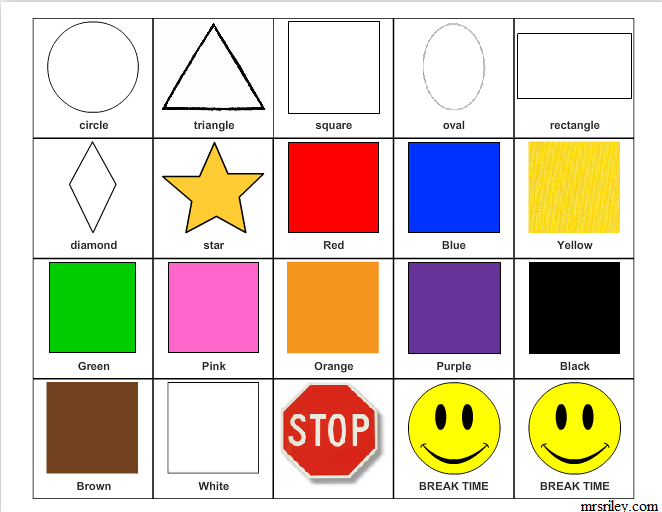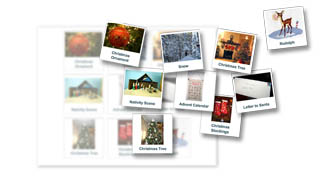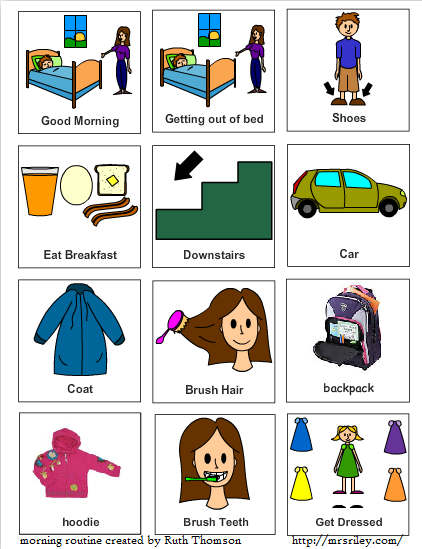In a blog post written on Today Moms, author and New York Collaborates for Autism Board Member Karen Siff Exkorn wrote a piece on 11 Things Never to Say to Parents of a Child with Autism (and 11 You Should). In the piece, Karen shares that she created this list of statements after brainstorming with several friends and clients who also have children on the autism spectrum.
An excerpt of the piece is below. You can read the entire piece here.
1. Don’t say: “Is your child an artistic or musical genius? What special gifts does your child have?”
We’ve all seen “Rain Man” and know about the extraordinary artistic and musical gifts that some individuals on the autism spectrum possess. But the truth is that most on the spectrum do not have these gifts. In fact, only about 10 percent have savant qualities.
Do say: “How is your child doing?”
This is what you’d say to the parent of a typical child, right? It’s perfectly acceptable to say this to the parent of a child on the spectrum. They can share with you what’s going on in terms of their child’s treatment and/or educational experience.
2. Don’t say: “You’d never know by looking at her that she has autism! She looks so normal.”
While the speaker might view this as a compliment, most parents of a child on the spectrum would not take it as such. Additionally, in the world of autism, the world “normal” is usually replaced with “typical” or “neuro-typical.”
Do say: “Your daughter is adorable”
Or offer any other compliment that you would use with any typical child.
3. Don’t say: “God doesn’t give you what you can’t handle” or “Everything happens for the best.”
Please don’t use clichés. Unless you’re the parents of a child on the spectrum, you don’t really know just how much there is to handle. Statements like these seem to minimize a parent’s experience by implying that this situation is something that they should be able to handle. Also, while it’s tempting to try to put a positive spin on the diagnosis, most parents of newly diagnosed children don’t feel that the diagnosis is the “best.” Over time, parents come to a place of acceptance, and some even view the diagnosis as a gift or as a way to gain a different perspective on life. But don’t be the one to instruct them about coming to those terms.
Do say: “Is there anything I can do to help you out?” or“I’m here if you need to talk.”
You can offer practical solutions to help a parent handle the diagnosis or the ongoing tasks, like help with grocery shopping, babysitting or other daily responsibilities. Sometimes, parents just need to vent and it’s helpful to have a friend with whom to share their feelings.





